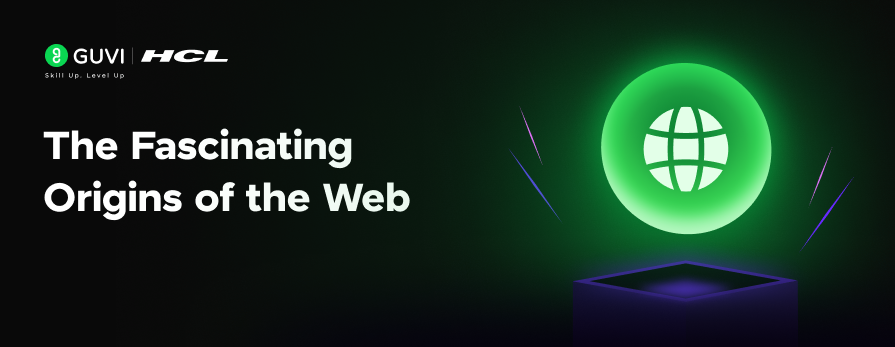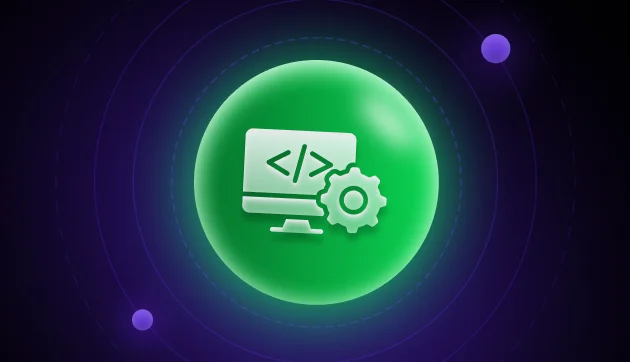
Have you ever wondered what the “WWW” before typing in a website name stands for? Or what are the origins of the web or how it actually works?
WWW – World Wide Web is a combination of Internet and Hypertext that forms the base for every website out there on the Internet.
Let us learn more about the origins of the web in the article!
Table of contents
- What is the role of HyperText in the Origins of the Web?
- Technical aspects of using HyperText
- Advantages
- Disadvantages
- Conclusion
What is the role of HyperText in the Origins of the Web?
Hypertext is a non-linear way of presenting information where text contains links (hyperlinks) to other texts or documents. This method enables users to access related content quickly and efficiently by clicking these links.
- HyperText is a text which contains links to other texts. The term was coined by Ted Nelson around 1965.
- HyperMedia is a term used for hypertext which includes audio, video, and other media.
- HyperText and HyperMedia are concepts, not products.
Technical aspects of using HyperText
HTML (HyperText Markup Language): HTML is the standard language for creating web pages. It uses tags to structure content and embed hyperlinks. For example, the <a> tag is used to define hyperlinks.
URLs (Uniform Resource Locators): URLs are addresses that locate web resources. Hyperlinks typically use URLs to reference different web pages or resources.
HTTP (HyperText Transfer Protocol): HTTP is the protocol used to transfer hypertext documents over the web. It defines how messages are formatted and transmitted, and how web servers and browsers should respond to various commands.
Advantages
Non-Linear Navigation: Hypertext allows users to navigate information in a non-linear fashion, meaning they can jump from one topic to another without following a predetermined sequence.
Contextual Information: It enables contextual links that provide additional information or clarification, enhancing understanding and depth of content.
Interactivity: Hypertext supports interactive content, allowing users to dynamically engage with and explore information.
Disadvantages
Broken Links: One challenge of hypertext is dealing with broken or outdated links, which can affect navigation and access to information.
Overload: Excessive embedded links can overwhelm users, who are unsure where to click next.
Accessibility: Ensuring that hypertext content is accessible to all users, including those with disabilities, is crucial. This involves practicing semantic HTML and ensuring that links are easily navigable by screen readers.
Conclusion
In conclusion, the World Wide Web, with its foundation rooted in hypertext, revolutionized the way we access and interact with information. Hypertext, through its ability to link and connect related content, has made the web a dynamic and non-linear space, empowering users to explore vast amounts of information effortlessly.
While it offers significant advantages in terms of interactivity and contextual navigation, it also presents challenges such as broken links and potential information overload.
Understanding the origins and technical aspects of hypertext helps us appreciate the intricacies of the web and underscores the importance of maintaining accessible, well-structured content in the ever-evolving digital landscape.





























![Top Web Development Skills in 2025 [Expert Guide] 7 web development skills](https://www.guvi.in/blog/wp-content/uploads/2025/03/top_web_development_skills_in_2025.webp)

Did you enjoy this article?